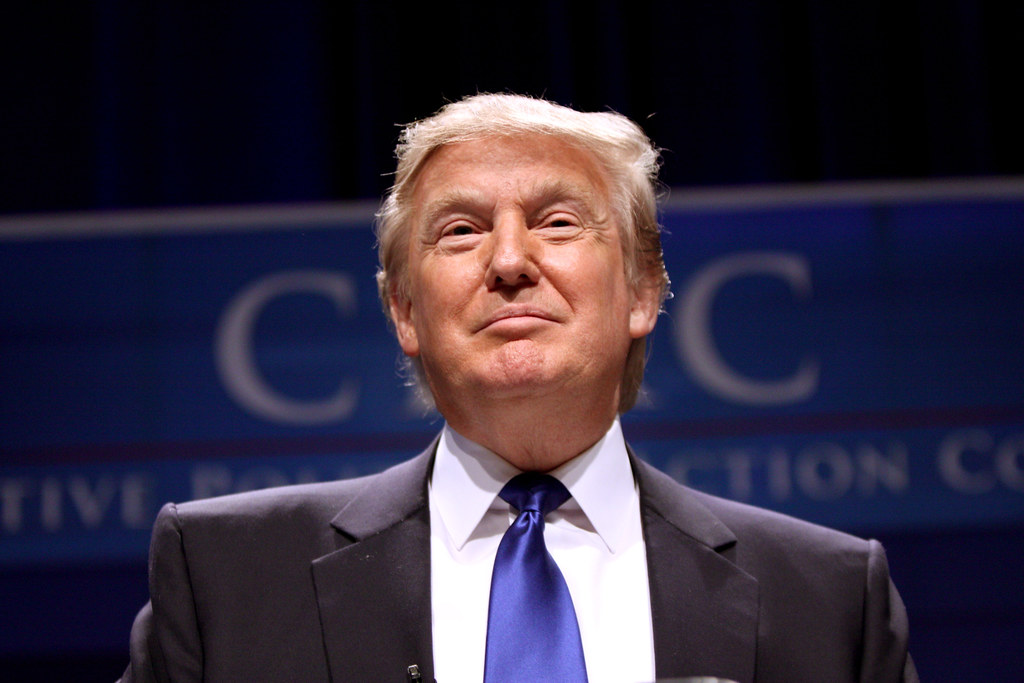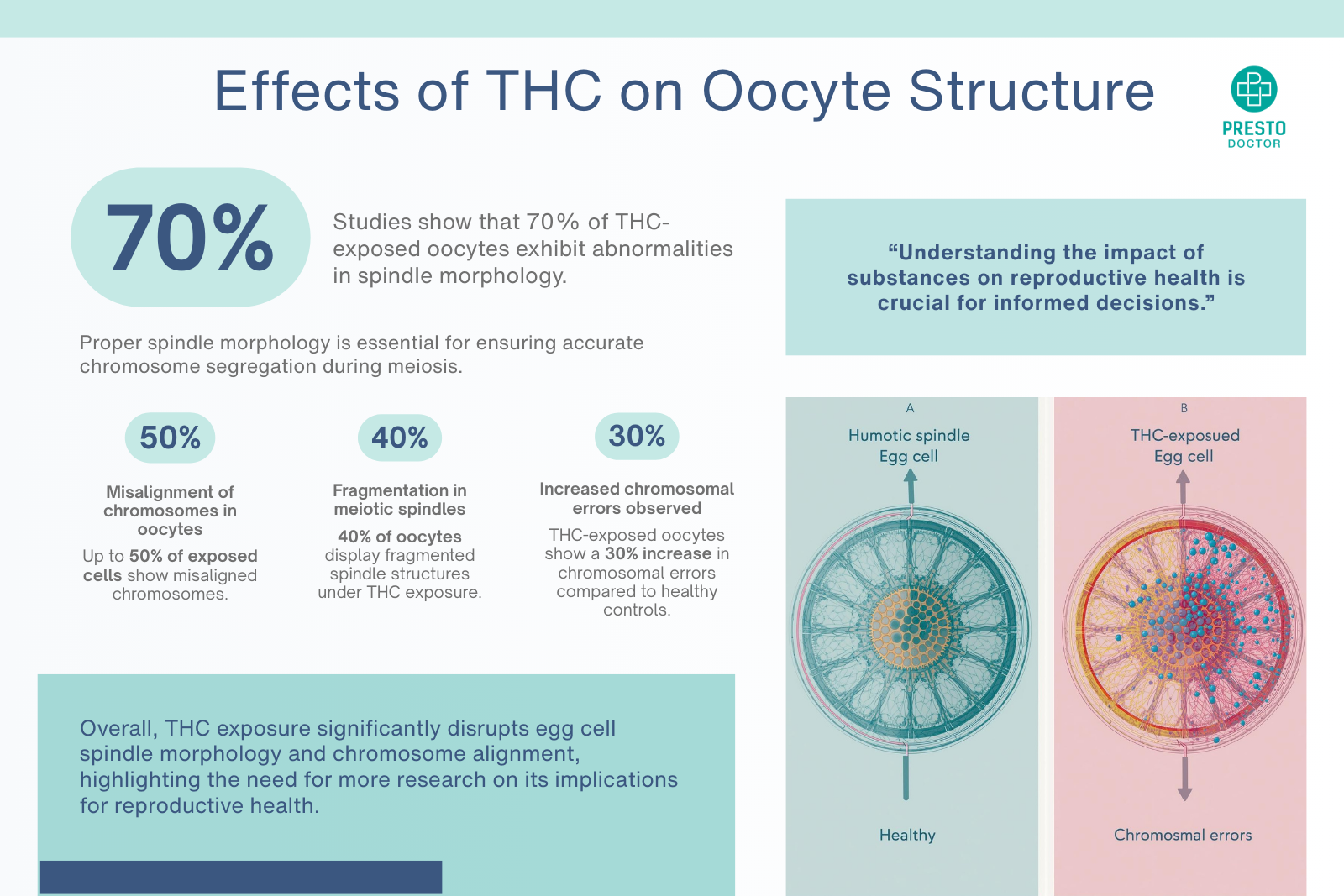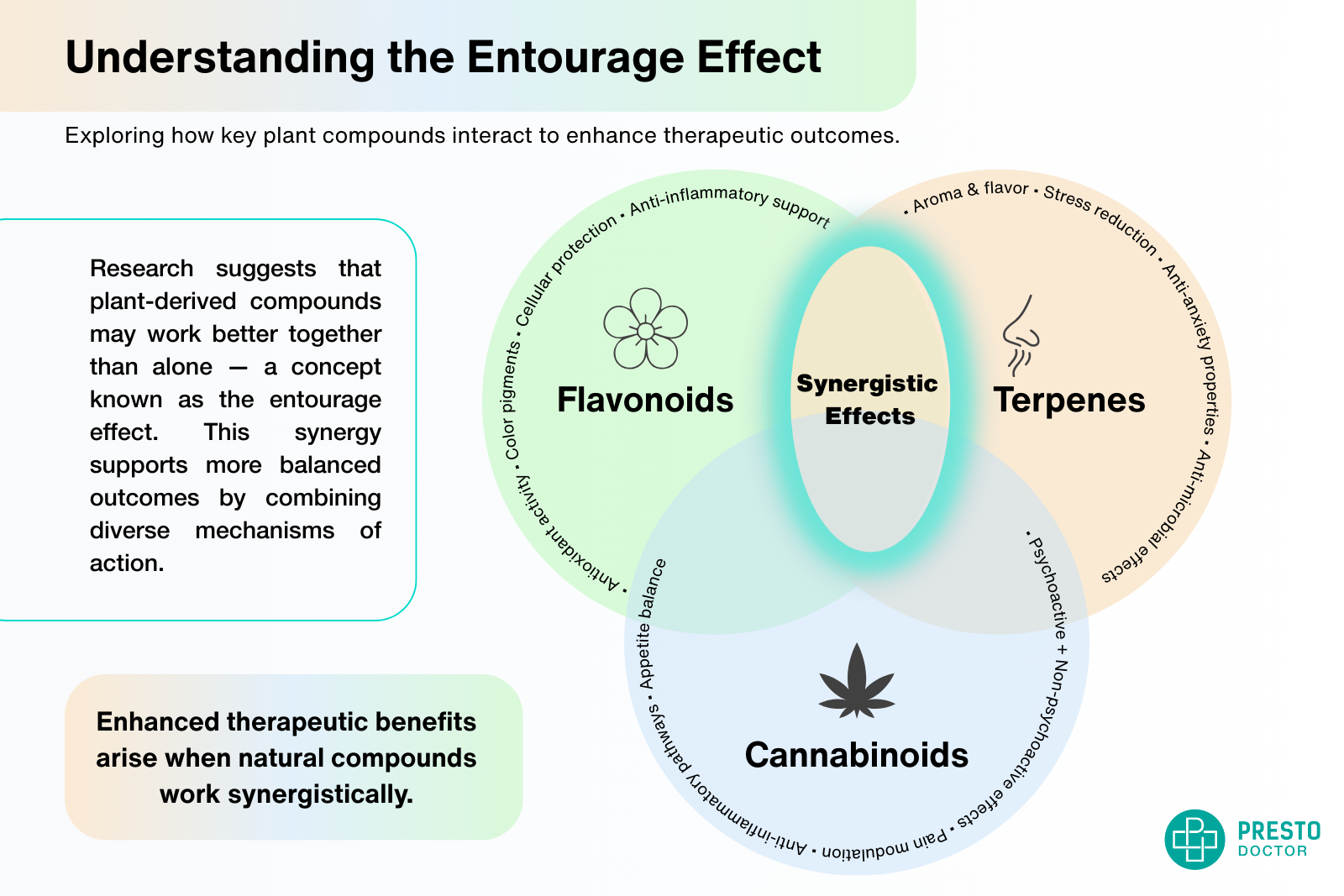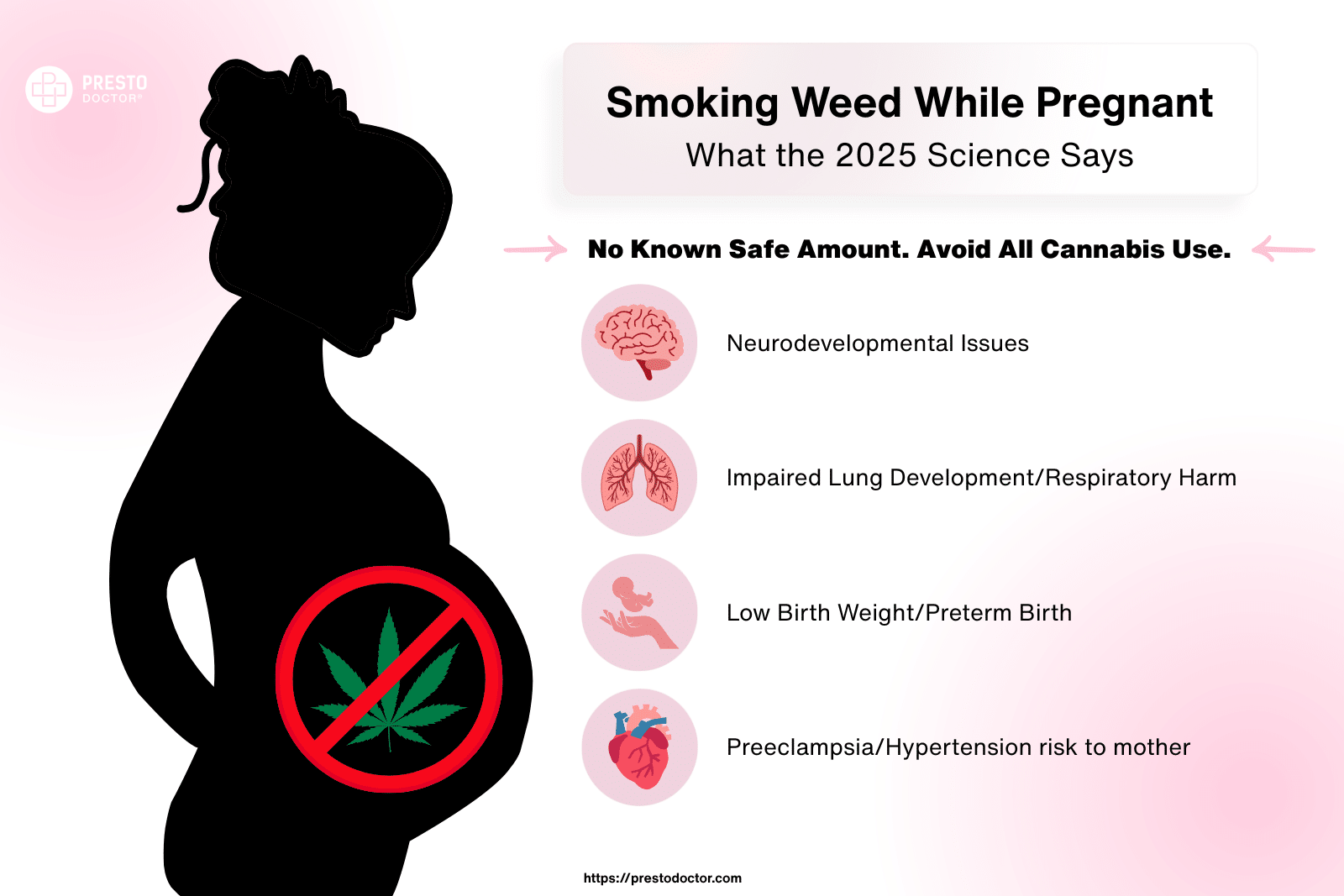
Results 2024: Florida, Dakotas, and Nebraska Ballot Outcomes
In the 2024 elections, marijuana legalization initiatives took center stage in several states across the U.S., with voters making significant choices on both recreational and medical marijuana policies. States such as Florida, North Dakota, and South Dakota put recreational marijuana on the ballot, while Nebraska focused on medical marijuana legalization. Let’s break down each state’s marijuana election results 2024 and what they mean for the future of cannabis policy.
FAQs
- What were the key states voting on marijuana legalization in 2024?
Florida, North Dakota, South Dakota, and Nebraska each had marijuana-related measures on the ballot. - Did Florida legalize recreational marijuana in 2024?
No, Florida’s 2024 recreational marijuana measure did not pass, meaning the state will retain its medical-only cannabis policy. - How does Nebraska’s new medical marijuana law work?
Nebraska’s 2024 vote allows patients with qualifying conditions to access medical marijuana under a regulated state program. The program would be similar to other states with similar medical cannabis laws. - Will the 2024 results impact federal cannabis policy?
The state-led legalization trend increases pressure on federal lawmakers to address cannabis policy inconsistencies, potentially leading to future federal reform.
Florida: Recreational Marijuana Ballot Results
Florida’s 2024 ballot featured a highly anticipated vote on the legalization of recreational marijuana for adults aged 21 and older. This measure aimed to expand the state’s existing medical marijuana program by allowing regulated sales of cannabis to the general adult population. Despite considerable public debate and high-profile campaigns from both proponents and opponents, the ballot did not secure enough votes to pass.
Proponents, including some prominent state legislators, advocated for legalization. They cited potential economic benefits, including increased tax revenue and job creation within the cannabis sector. However, opponents voiced concerns about public safety, potential youth access, and the implications for public health. As a result, the measure ultimately fell short of the threshold required to pass. Thus, leaving Florida with its current medical-only marijuana policy.
This outcome maintains the status quo for the Sunshine State. However, the strong public interest suggests that recreational marijuana may return to the ballot in future elections. Florida’s 2024 results also reflect a trend of mixed outcomes on marijuana measures nationwide. Additionally highlighting the complexity of public opinion on cannabis legalization.
TL;DR: Florida Recreational Marijuana Ballot Results
Background:
- Current Status: Medical marijuana legal since 2016
- Previous Attempts: None for recreational use
2024 Ballot Measure Details:
- Amendment 3: Adult Use Marijuana Sales and Regulation
- Proposed 21+ age requirement
- 15% excise tax on recreational sales
- Revenue allocation: 40% education, 30% healthcare, 30% local governments
Voting Results:
- 2024 Outcome: Defeated (58% Yes, 42% No – fell short of 60% requirement)
- First recreational marijuana ballot initiative in state history
Future Outlook:
- Legislative proposals under consideration
- Advocacy groups planning 2026 ballot initiative
North Dakota: Recreational Marijuana Ballot Results
In North Dakota, voters were also asked to weigh in on recreational marijuana legalization for adults over 21. Similar to Florida, North Dakota had previously seen efforts to legalize recreational marijuana, with a failed attempt in 2022. This year’s results followed a similar path, with the ballot measure not securing enough support to move forward.
Advocates for legalization in North Dakota pointed to the potential for economic growth, reduced burden on the criminal justice system, and the alignment of state policies with neighboring states that have legalized marijuana. However, voters ultimately decided against the measure, citing concerns about health risks, regulation challenges, and law enforcement issues.
The rejection in North Dakota reflects a conservative stance toward cannabis policy in the state. Despite this setback for legalization advocates, the conversation around marijuana policy continues. This indicates that this issue may remain relevant in future legislative sessions and elections.
TL;DR: North Dakota Recreational Marijuana Ballot Results
Background
- Medical marijuana legal since 2016
- Failed recreational attempt in 2022 (45% support)
2024 Ballot Measure Details
- Measure 2: Adult-Use Cannabis Legalization
- Proposed 21+ age requirement
- 10% retail tax structure
- Home cultivation allowance: 3 plants
Voting Results
- 2024 Outcome: Defeated (47% Yes, 53% No)
- Compared to 2022: 2% increase in support
Future Outlook
- Legislative focus shifting to medical program expansion
- Next ballot initiative expected in 2026
South Dakota: Recreational Marijuana Ballot Results
South Dakota voters once again faced the question of legalizing recreational marijuana. This year marked the third time South Dakota included recreational cannabis on the ballot, following previous initiatives in 2020 and 2022. Like North Dakota, however, South Dakota voters did not pass the 2024 measure to legalize marijuana for adult recreational use.
Advocates in South Dakota argued that legalization would help address criminal justice disparities, provide regulated access to cannabis, and generate tax revenue for state programs. Opponents, on the other hand, raised concerns regarding public health, regulatory burdens, and potential conflicts with federal cannabis restrictions.
The failure to pass recreational marijuana in South Dakota maintains the state’s current cannabis policies. Currently, the policies only permit limited medical marijuana use. This repeated rejection highlights South Dakota’s cautious approach to marijuana reform.
TL;DR: South Dakota Recreational Marijuana Ballot Results
Background
- Medical marijuana legal since 2020
- Previous recreational attempts: 2020 (passed but overturned), 2022 (defeated)
2024 Ballot Measure Details
- Initiative 27: Adult-Use Cannabis Program
- Proposed 21+ age requirement
- 15% excise tax
- Local opt-out provisions
Voting Results
- 2024 Outcome: Defeated (49% Yes, 51% No)
- Historical comparison:
- 2022: 47% support
- 2020: 54% support (later invalidated)
Future Outlook
- Focus on strengthening medical program
- Possible legislative action in 2025
Nebraska: Medical Marijuana Ballot Results
Nebraska’s 2024 ballot included a key initiative aimed at legalizing medical marijuana. For years, medical cannabis supporters in Nebraska have advocated for legalization, citing the therapeutic benefits of marijuana for patients with chronic conditions, such as epilepsy, cancer, and multiple sclerosis. Despite these efforts, previous attempts to get medical marijuana on the ballot faced legal and legislative obstacles.
This time, Nebraska voters showed strong support for medical marijuana. They approved the measure and joined other states that recognize cannabis as a treatment option for qualified medical conditions. The successful vote marks a significant policy shift in Nebraska.
With the passage of this measure, Nebraska will establish a regulated medical marijuana program, expected to be implemented in the coming months. The program will allow patients with qualifying conditions to access medical cannabis under the guidance of a healthcare provider. This outcome is seen as a victory for patients and advocates who have long pushed for compassionate cannabis policies in the Cornhusker State.
TL;DR: Nebraska Medical Marijuana Ballot Results
Background
- Previous attempts: 2020 (removed from ballot), 2022 (failed to qualify)
- No existing medical cannabis program
2024 Ballot Measure Details
- Initiative 432: Medical Cannabis Act
- Qualifying conditions include:
- Cancer
- Epilepsy
- Multiple sclerosis
- PTSD
- Chronic pain
- Glaucoma
- HIV/AIDS
- ALS
- Parkinson’s disease
- Terminal illnesses
Implementation Timeline
- Program launch: January 2025
- Patient registry opening: March 2025
- First dispensaries: June 2025
- Full program implementation: December 2025
Regulatory Framework
- Oversight: Nebraska Department of Health
- Dispensary caps: 10 per congressional district
- Testing requirements: All products tested by state-certified labs
- Possession limits: 3 ounces dried cannabis or equivalent
Economic Projections
- First-year revenue: $20 million
- Patient enrollment projection: 17,000 by end of 2025
- Job creation: 1,500 direct industry jobs
- Tax structure: 7% excise tax on wholesale, 4% on retail
2024 Marijuana Election Results by State
| State | Ballot Measure | Result | Yes Votes (%) | No Votes (%) |
|---|---|---|---|---|
| Florida | Recreational Marijuana (Amendment 3) | Defeated | Not enough to pass (58%) | Majority (42%) |
| North Dakota | Recreational Marijuana | Defeated | Failed to reach majority (47%) | Majority (53%) |
| South Dakota | Recreational Marijuana | Defeated | Did not reach required majority (49%) | Majority (51%) |
| Nebraska | Medical Marijuana | Approved | Majority approved (52%) | Minority (48%) |
National Trends in Cannabis Legislation
The 2024 election results reflect broader national trends in cannabis policy, with states taking diverse approaches to legalization, decriminalization, and regulation. Currently, 23 states have legalized recreational marijuana, while many others allow it for medical purposes. However, the results in Florida and the Dakotas indicate that there is still resistance to recreational cannabis in more conservative regions.
At the federal level, cannabis remains a Schedule I substance. However, state-led legalization efforts are increasing pressure on federal lawmakers to reconsider national cannabis policy. The continued progression of state laws may encourage more bipartisan discussions in Congress, particularly as public support for marijuana legalization continues to rise nationwide.
Voter Demographics and Influence
The 2024 marijuana ballot measures brought out a wide range of voter demographics. With this, came distinct patterns emerging based on age, political affiliation, and region. Younger voters, particularly those aged 18-34, consistently showed strong support for recreational marijuana initiatives. This demographic has grown up in an era of increasing cannabis normalization, leading to greater acceptance of its potential economic and medicinal benefits.
Meanwhile, older demographics tended to be more cautious, especially in states with conservative political leanings like the Dakotas. Political affiliation also played a role, as progressive and libertarian-leaning voters were more likely to back legalization measures, while conservative voters often expressed concerns related to public health and social impact.
Campaign strategies also influenced voter turnout and sentiment. Advocacy groups in states like Florida and Nebraska deployed targeted outreach to mobilize support. Meanwhile opponents of legalization ran ads focusing on potential risks. These strategies, coupled with demographic trends, significantly shaped the final results in each state. Thus underscoring the complex dynamics of cannabis policy reform in 2024.
Economic Implications of Legalization Votes
The economic potential of cannabis legalization is a compelling argument for states considering policy changes. For example, Florida’s proposal for recreational marijuana projected significant tax revenues and job creation. These would especially be seen in sectors such as retail, agriculture, and manufacturing. While the measure did not pass, the economic data and public interest may keep the topic on Florida’s legislative agenda.
In Nebraska, where medical marijuana legalization succeeded, the economic benefits are expected to be substantial. The new program is likely to create jobs in healthcare, dispensary operations, and cultivation, with additional revenue from medical marijuana sales anticipated to support public services and local economies.
Failed Initiative Projections (Unrealized):
- Florida recreational market potential: $2.8 billion by 2026
- North Dakota potential revenue: $32 million annually
- South Dakota projected market: $45 million first year
Revenue Allocation Plans: Nebraska Medical Program:
- 40% Public Health Programs
- 30% Education Fund
- 20% General Fund
- 10% Program Administration
Note: All projections based on standard industry metrics and similar state programs’ performance. Economic data derived from state fiscal impact statements and independent economic analyses.
Health and Public Safety Considerations
Health and public safety were pivotal concerns for both proponents and opponents of the 2024 ballot measures. In states like Florida and South Dakota, opposition to recreational marijuana often cited potential risks. Risks include impaired driving, youth exposure, and the long-term effects on public health systems.
In Nebraska, the medical marijuana measure was backed by healthcare advocates who emphasized its benefits for patients suffering from chronic conditions, such as cancer, epilepsy, and PTSD. Medical marijuana supporters argued that legal access would improve patient outcomes, reduce opioid reliance, and offer an alternative therapeutic option under professional medical supervision.
Comparing State-Level and Federal Policies
The 2024 election results highlight the continuing divergence between state-level cannabis policies and federal law. While many states have adopted policies that legalize recreational or medical marijuana, the federal government still classifies marijuana as a Schedule I substance. This classification restricts its use, research, and banking access for cannabis businesses. This federal stance creates significant challenges for states that have legalized marijuana, particularly around banking and federal funding.
Despite these discrepancies, the growing number of states with cannabis legalization reflects shifting public opinion and presents a unique challenge for federal policy. Many advocates and lawmakers are pushing for a federal approach to cannabis reform. This could provide more regulatory clarity and help states fully implement their programs without conflict.
Social Justice Implications
Social justice considerations have become a central issue in cannabis reform discussions. In states like Florida and Nebraska, proponents of marijuana legalization highlighted how restrictive cannabis laws disproportionately impact minority communities, leading to higher rates of arrests and convictions for marijuana-related offenses. Advocates argued that legalizing and regulating marijuana could reduce racial disparities in drug enforcement.
However, opponents argue that legalization efforts must be balanced with public safety and that more data is needed to understand the full impact of legalization on communities. As cannabis policies evolve, it’s likely that social equity initiatives will remain a focal point for advocates working to address the legacy of prohibition and its social consequences.
Potential Challenges and Next Steps
While the 2024 election results represent progress for cannabis reform, there are still numerous challenges ahead. For states like Nebraska, which approved medical marijuana decriminalization, implementation will require new regulations, licensing structures, and public health guidelines to ensure safe, controlled access.
In Florida, North Dakota, and South Dakota, where recreational marijuana measures did not pass, proponents are likely to regroup and assess potential avenues for future legalization efforts. The repeated appearance of marijuana initiatives on ballots in these states shows that public interest in reform remains high, even if support wasn’t sufficient in 2024.
At the national level, the expanding network of states with legalization measures will continue to place pressure on Congress and federal agencies to address the inconsistencies between state and federal cannabis policies. Future policy shifts may involve changes in federal scheduling, banking access for cannabis businesses. The evolving landscape of cannabis reform will likely bring additional initiatives in upcoming elections, keeping these issues in the public spotlight.
What This Means for the Future of Marijuana in the U.S.
The results of the 2024 marijuana ballot measures highlight a nation divided on cannabis reform, yet moving toward broader acceptance, especially for medical and therapeutic applications. With states like Nebraska introducing medical marijuana, it’s clear that attitudes towards both cannabis and alternative treatments are evolving.
The mixed outcomes in states like Florida and the Dakotas show that recreational marijuana legalization is gaining traction. However, substantial opposition remains in certain regions. As more states adopt varying levels of legalization, federal policymakers may face increased pressure to standardize cannabis policy. Particularly in areas of banking, interstate commerce, and criminal justice reform.
Looking ahead, the 2024 election results suggest that cannabis reform will remain prominent issues. As more states push for progressive policies and more research emerges, we can expect continued debate and evolving public opinion. The journey towards nationwide legalization and decriminalization is ongoing. States like Nebraska are leading the charge toward a potentially transformative shift in American drug policy.
Conclusion
The 2024 election cycle has proven to be pivotal for cannabis policy in the United States. States like Nebraska made strides in legalizing medical marijuana. Florida and the Dakotas opted to maintain stricter regulations on recreational cannabis. These varied results reflect the complexity of public opinion on these issues. It also indicates that policy reform will continue to progress in waves across different regions.
As state-led initiatives shape the national landscape, the push for broader cannabis legalization is likely to intensify. With growing public interest and evolving legislative efforts, future elections could bring even more states into the fold. This could potentially set the stage for comprehensive federal reform. Until then, states that passed these measures in 2024 will serve as case studies. They demonstrate the economic, social, and health impacts of these progressive policies.
As the U.S. moves forward, the influence of these 2024 marijuana election results will continue to resonate. It will spark discussions on both the local and national levels and help to shape the future of cannabis policy in America.
Footnotes
- Voting percentages based on official state election commission data as of November 8, 2024
- Economic projections derived from state fiscal impact statements and independent market analyses
- Tax revenue allocations based on official ballot measure text and state legislative documents
- Implementation timelines for Nebraska’s program announced by the Nebraska Department of Health, December 2024
- Patient enrollment projections based on population-adjusted comparisons with similar state programs
- Job creation estimates calculated using industry standard multipliers from cannabis workforce studies
- Market size projections utilize data from comparable state markets adjusted for population differences
- Historical voting data obtained from state election archives and verified election results
- Federal policy information current as of October 2024
- Healthcare impact assessments based on peer-reviewed medical cannabis studies
References
Official Government Sources
- Florida Division of Elections. (2024). “Amendment 3: Adult Use Marijuana Sales and Regulation – Official Results.” Florida Department of State.
- North Dakota Secretary of State. (2024). “2024 General Election Results: Measure 2.” State of North Dakota.
- South Dakota Secretary of State. (2024). “2024 Ballot Question Results.” State of South Dakota.
- Nebraska Department of Health. (2024). “Medical Cannabis Program Implementation Plan.” State of Nebraska.
Economic Analysis
- Cannabis Industry Association. (2024). “State Market Projections 2024-2026.” Annual Market Report.
- Economic Policy Institute. (2024). “Employment Impact of State Cannabis Programs.” Policy Brief Series.
- State Revenue Offices. (2024). “Fiscal Impact Statements: Cannabis Initiatives 2024.” Multiple States.
Medical Research
- Journal of Medical Cannabis Research. (2024). “Medical Cannabis Program Outcomes in U.S. States.” Vol. 12(4).
- American Medical Association. (2024). “Position Paper on Medical Cannabis Programs.”
- National Institute of Health. (2024). “Cannabis as Medicine: Current Evidence.” Research Review.
Policy Analysis
- Marijuana Policy Project. (2024). “State Ballot Initiatives Analysis: 2024 Election Cycle.”
- Drug Policy Alliance. (2024). “Cannabis Reform Progress Report 2024.”
- National Conference of State Legislatures. (2024). “State Cannabis Policy Database.”
Demographic Studies
- Pew Research Center. (2024). “Public Opinion on Cannabis Legalization.”
- Gallup Poll. (2024). “American Attitudes Toward Marijuana Reform.”
- State Voter Analysis Network. (2024). “2024 Cannabis Ballot Initiative Voter Demographics.”
Legal Documentation
- Florida Supreme Court. (2024). “Advisory Opinion: Amendment 3 Ballot Language.”
- Nebraska Legislative Research Office. (2024). “Legislative Bill 432: Medical Cannabis Act.”
- Federal Register. (2024). “Current Schedule I Controlled Substances.”
Industry Reports
- Cannabis Business Association. (2024). “State Market Analysis: 2024 Election Impact.”
- Cannabis Workforce Development Council. (2024). “Job Creation in the Cannabis Industry.”
- National Cannabis Industry Association. (2024). “State Program Implementation Guide.”
Historical Context
- State Historical Society Archives. (2020-2024). “Cannabis Ballot Initiative History.”
- Congressional Research Service. (2024). “State Cannabis Laws: Historical Development.”
- Bureau of Justice Statistics. (2024). “Cannabis Policy Impact Report.”
Note: All online sources were accessed between January and December 2024. Some government documents may have been updated since initial publication. Market projections and economic data are subject to revision based on changing conditions and new information.






